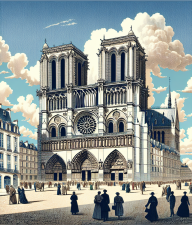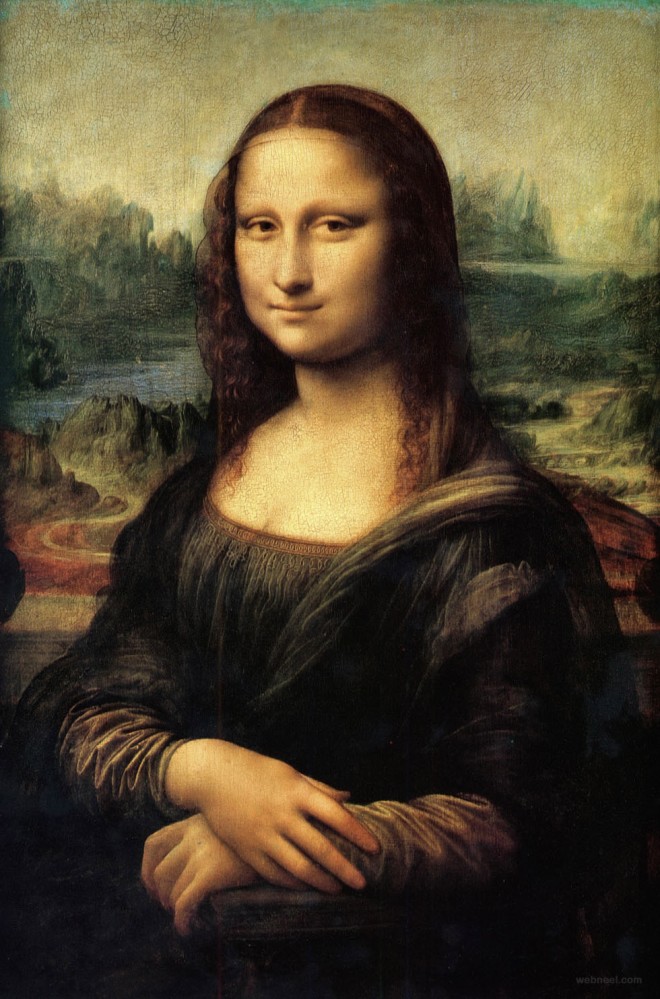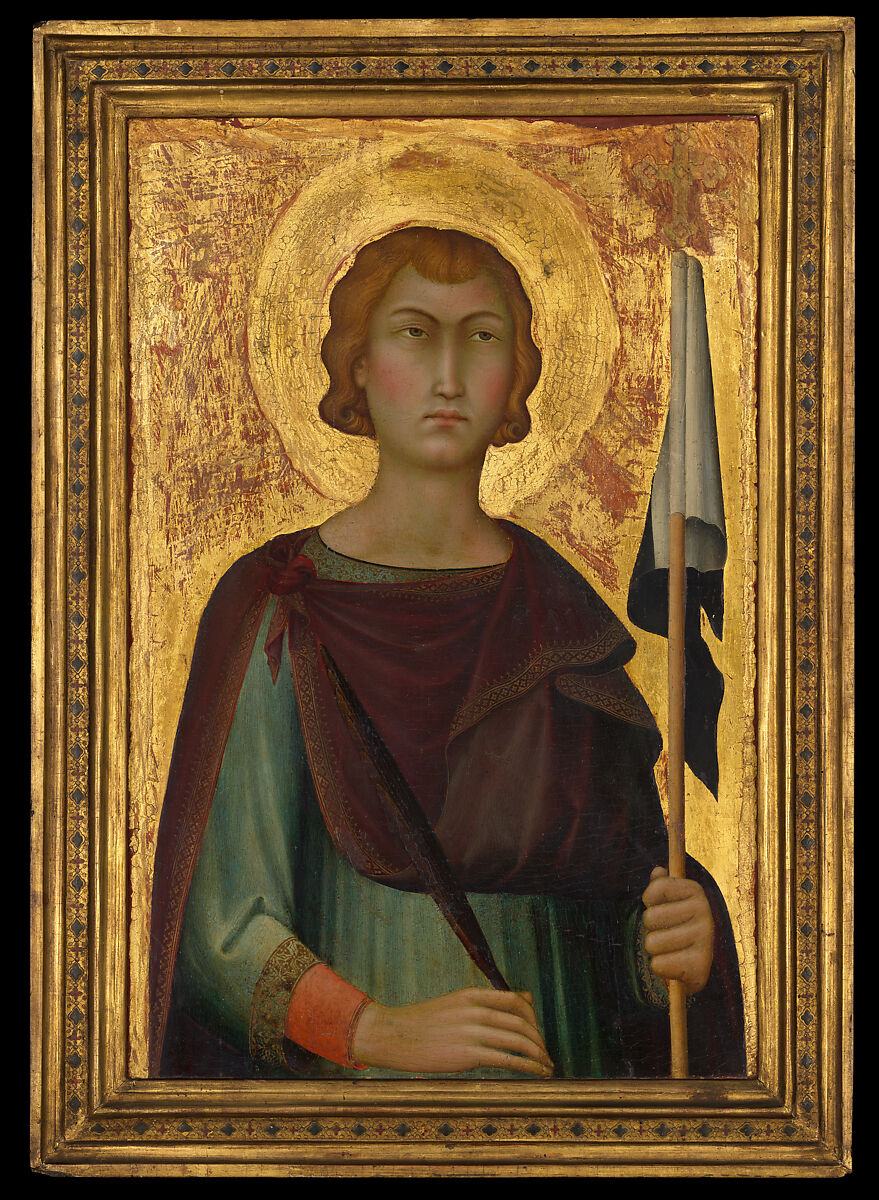- Home
- Art History
- Humanism
Humanism
Leaving the Middle Ages
The Renaissance, a period of great cultural rebirth, spanning roughly
from the 14th to the 17th century, marked an extraordinary epoch in the
history of art and science. It heralded a shift from medieval to modern
times, deeply influenced by a movement known as Humanism. This
transformative cultural trend brought about significant changes that
moved Europe away from the rigid traditions of the Medieval era and
towards a new paradigm of learning and artistic expression.
|
Humanism, in its simplest form, is the philosophical belief in the value, agency, and dignity of human beings, emphasizing the importance of human intellect and culture.  During the Middle Ages, European society was largely governed by religious doctrine, with a focus on the afterlife rather than the human experience on Earth. In contrast, Humanism redirected attention to life on Earth, encouraging people to achieve personal well-being and happiness through art and learning. |
 Humanists sought wisdom from the classical antiquities of Greece and Rome, thus adopting a scholarly approach to history, literature, and philosophy that would fuel the Renaissance. |
Emergence of Humanism
 Vitruvian Man ||
Leonardo da Vinci
Vitruvian Man ||
Leonardo da VinciThe emergence of Humanism can be traced back to Italy in the early 14th century, as scholars began to rediscover and study ancient texts. This intellectual revival led to a shift from medieval scholasticism, which tried to reconcile Christian doctrine with classical philosophy, to a more direct engagement with classical texts themselves. Unlike the Medieval focus on theological concerns, Humanism celebrated human achievement and potential, fostering an environment that encouraged inquiry, exploration, and creativity. This philosophical divergence laid the groundwork for the transformative changes that would define the Renaissance.
Humanism Influence

The influence of Humanism on Renaissance art is its visible legacy. Artists such as Leonardo da Vinci and Michelangelo embraced Humanist principles, placing the human experience and emotions at the center of their work. This was a stark departure from the rigid and formulaic art of the Middle Ages. Renaissance artists demonstrated a profound understanding of anatomy, perspective, and the natural world, creating works that exuded realism and depth. Humanism's focus on the individual is evident in the period's art, where even religious subjects are depicted with a human-centered approach.
Additionally, the scope of Humanism extended beyond the visual arts and permeated literature and philosophy. Renaissance writers such as Dante Alighieri, Petrarch, and Giovanni Boccaccio explored themes of human emotion, morality, and experience in their work. These authors used the vernacular language, making literature more accessible to a broader audience, as opposed to the often Latin-based writings of the Middle Ages. In this way, Humanism played a critical role in democratizing knowledge and expanding the reach of literary culture.
In the realm of education, the Humanist influence led to a renewed emphasis on classical learning and liberal arts. This educational reform promoted the study of history, poetry, and moral philosophy, known collectively as the studia humanitatis. The aim was to cultivate virtuous and articulate citizens capable of contributing to society. The movement away from purely theological instruction to a more rounded educational system further supported the flourishing of intellectual pursuits during the Renaissance.
Humanism in Urban Centers
Urban centers like Florence, Rome, and Venice became thriving hubs of Humanist activity during the Renaissance. These cities were not only wealthy due to trade but also rich in cultural and intellectual exchange. The patronage of art and scholarship by influential families such as the Medicis in Florence fueled the growth of Humanism and the Renaissance. By investing in the arts and education, these patrons enabled the creation of iconic works and fostered environments where new ideas could thrive.
As Humanism spread, it also began to influence the scientific realm. Renaissance figures such as Galileo Galilei and Nicolaus Copernicus embodied Humanist ideals, applying reason and critical thinking to understand the natural world. These thinkers were pivotal in the Scientific Revolution, breaking from medieval beliefs that were often grounded in religious doctrine. The spirit of inquiry and empirical observation that Humanism endorsed was fundamental to the advances in science that characterized the Renaissance period.
Moreover, the Renaissance's flavor of Humanism varied as it spread to different parts of Europe. For example, Northern Humanism, which developed in the regions of present-day Germany, France, and England, combined Humanist and religious themes. Figures like Erasmus of Rotterdam sought to reform the Church by emphasizing moral philosophy and a return to biblical texts, contrasting with the secular focus seen in Italy.
Emerging Contributing Cultural Factors
The printing press, invented by Johannes Gutenberg in the mid-15th century, dramatically accelerated the spread of Humanist ideas. Before its invention, books were laboriously copied by hand, making them expensive and scarce. The printing press facilitated the mass production of literature and scholarly works, allowing Humanist principles to disseminate more widely and rapidly throughout Europe. This technological advancement was instrumental in pushing the Renaissance beyond its Italian origins.
The influence of Humanism also reached the political sphere. Renaissance statesmen and political philosophers, such as Niccolò Machiavelli, applied Humanist ideas to governance. His work "The Prince" reflects a pragmatism and analytical approach to power that is distinctly Humanist in its reliance on observation and experience. This represented a clear break from medieval notions of authority, which often merged divine right and religious authority.
The revival of classical antiquity and the questioning spirit of Humanism had lasting impacts that extended beyond the Renaissance itself. The movement laid the groundwork for subsequent periods of art and thought, particularly the Baroque period and the Age of Enlightenment. Baroque art, while more dramatic and ornate than Renaissance works, continued to center on human forms and emotions, a testament to the enduring legacy of Humanist ideals.
The Age of Enlightenment, which followed the Renaissance, can be seen as a continuation of Humanist values. Enlightenment thinkers championed reason, science, and individualism—concepts seeded during the Renaissance. The focus on empirical evidence and rational thought grew out of the Renaissance Humanist tradition, illustrating the deep and far-reaching influence Humanism wielded over later intellectual developments.
Humanism had profound consequences for religious thought and practices as well. The emphasis on individual interpretation and personal connection with classical texts influenced religious reform movements, most notably the Protestant Reformation. Figures like Martin Luther were inspired by the call to return to original sources, challenging the established Church and promoting the idea that individuals could seek truth outside of ecclesiastical authority.
Art history regards the Renaissance as a pivotal moment that profoundly changed the trajectory of European art. The Renaissance's embrace of Humanism brought about innovations in technique and subject matter, leading to masterpieces that remain influential to this day. Through the lens of Humanism, art became a means to explore not just religious devotion but the entire spectrum of human experience.
The profound influence of Humanism on the Renaissance also transformed social hierarchies and cultural norms. As education and literacy rates increased, the dissemination of Humanist literature and ideas challenged the existing class structures and the monopoly of knowledge held by the clergy. This democratization of knowledge led to the burgeoning of new social classes, laying a foundation for more modern societal frameworks.
Furthermore, Renaissance Humanists believed in the potential for human perfectibility and self-improvement. This optimistic view inspired individuals to broaden their horizons, seeking knowledge and achievement in all aspects of life. Humanism's focus on the individual and the pursuit of excellence reflects the Renaissance's broader cultural movement away from the collective identity imposed by Medieval religious structures.
The Renaissance also showcased Humanism's influence in the realm of exploration. As the Renaissance blossomed, curious minds looked towards the horizon, leading to an era of discovery. Explorers like Christopher Columbus and Ferdinand Magellan were motivated by a Humanist spirit of inquiry and the desire to expand humanity’s understanding of the world, reshaping the global landscape.
Despite its many contributions, Humanism was not unchallenged. Skepticism towards its principles existed, with critics arguing that it placed too much emphasis on secularism and individualism, potentially eroding traditional religious values. Nonetheless, the transformative effects of Humanism on the Renaissance are undeniable, fostering a cultural environment where innovation and progress could flourish.
In conclusion, Humanism was the cornerstone of the Renaissance, initiating a profound cultural shift that resonated throughout Europe. By prioritizing human experience and the wisdom of classical antiquities, Humanism rekindled interest in education, the arts, and sciences. The movement marked a departure from Medieval traditions, ushering in a new era that celebrated individual potential and creativity.
The legacy of Humanism and the Renaissance continues to be felt in contemporary art and education. Understanding this critical period provides invaluable insights into the evolution of modern cultural and intellectual pursuits. The Renaissance, with its roots in Humanism, set the stage for the world as we know it, highlighting the enduring power of human thought and achievement.
For high school students exploring art history, the relationship between Humanism and the Renaissance is a key component of understanding the trajectory of Western culture. The insights gleaned from this period offer perspectives on how cultural movements can catalyze broader societal transformations. By studying Humanism's influence on the Renaissance, students gain a deeper appreciation for the enduring impact of these historic shifts in thought and expression.
Okay, so now I've put on some ads from Amazon - from which I may earn a few cents. (2025)



